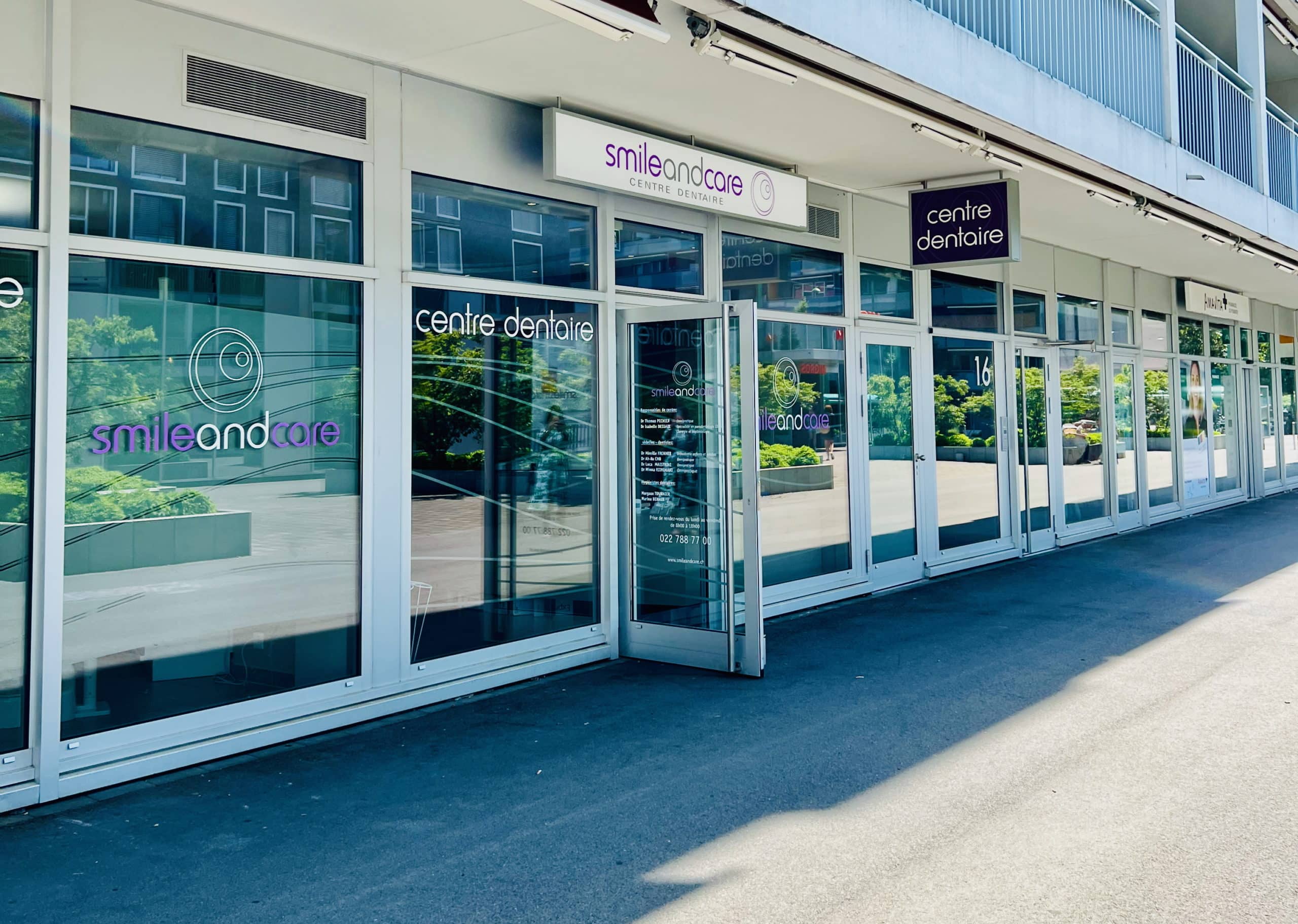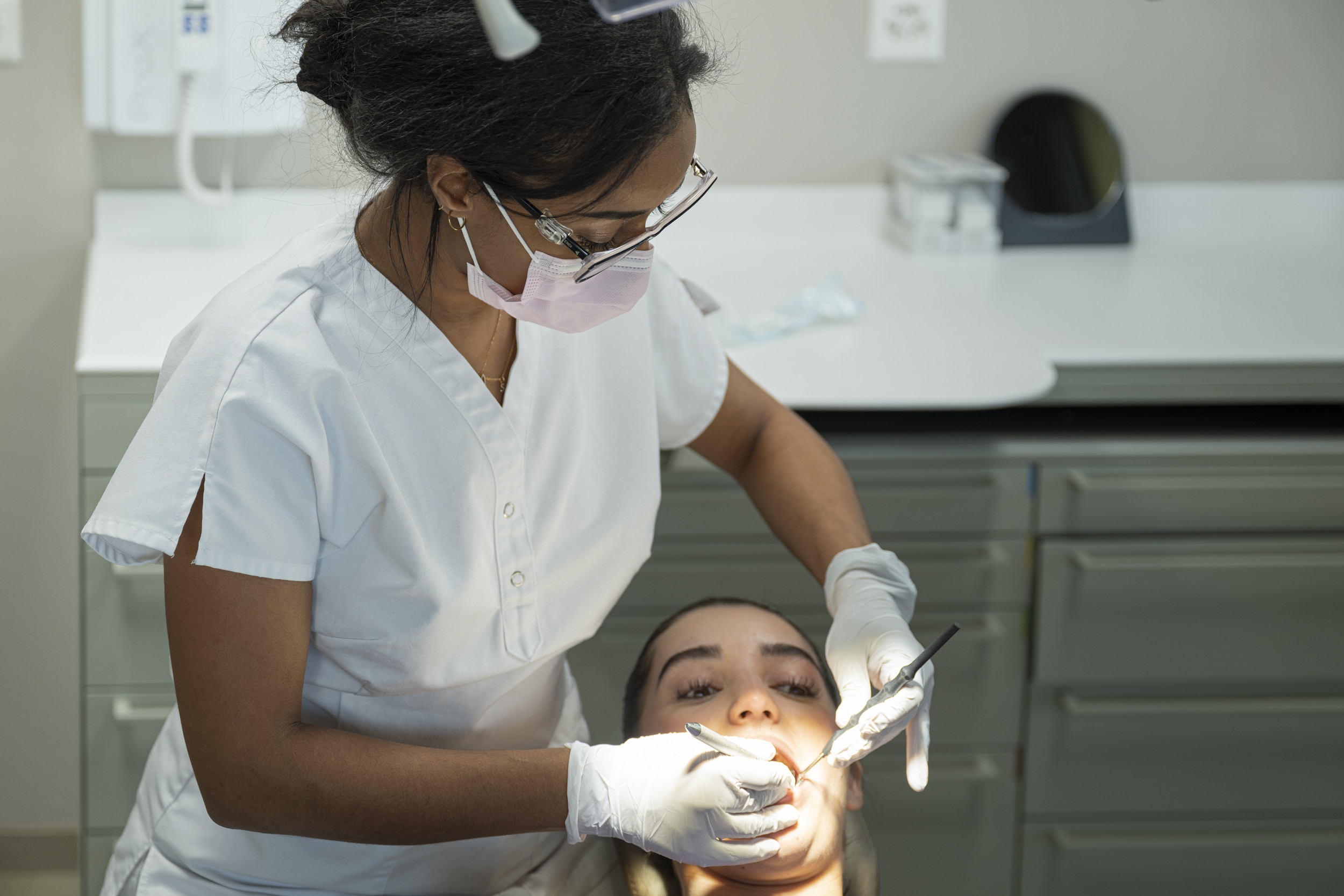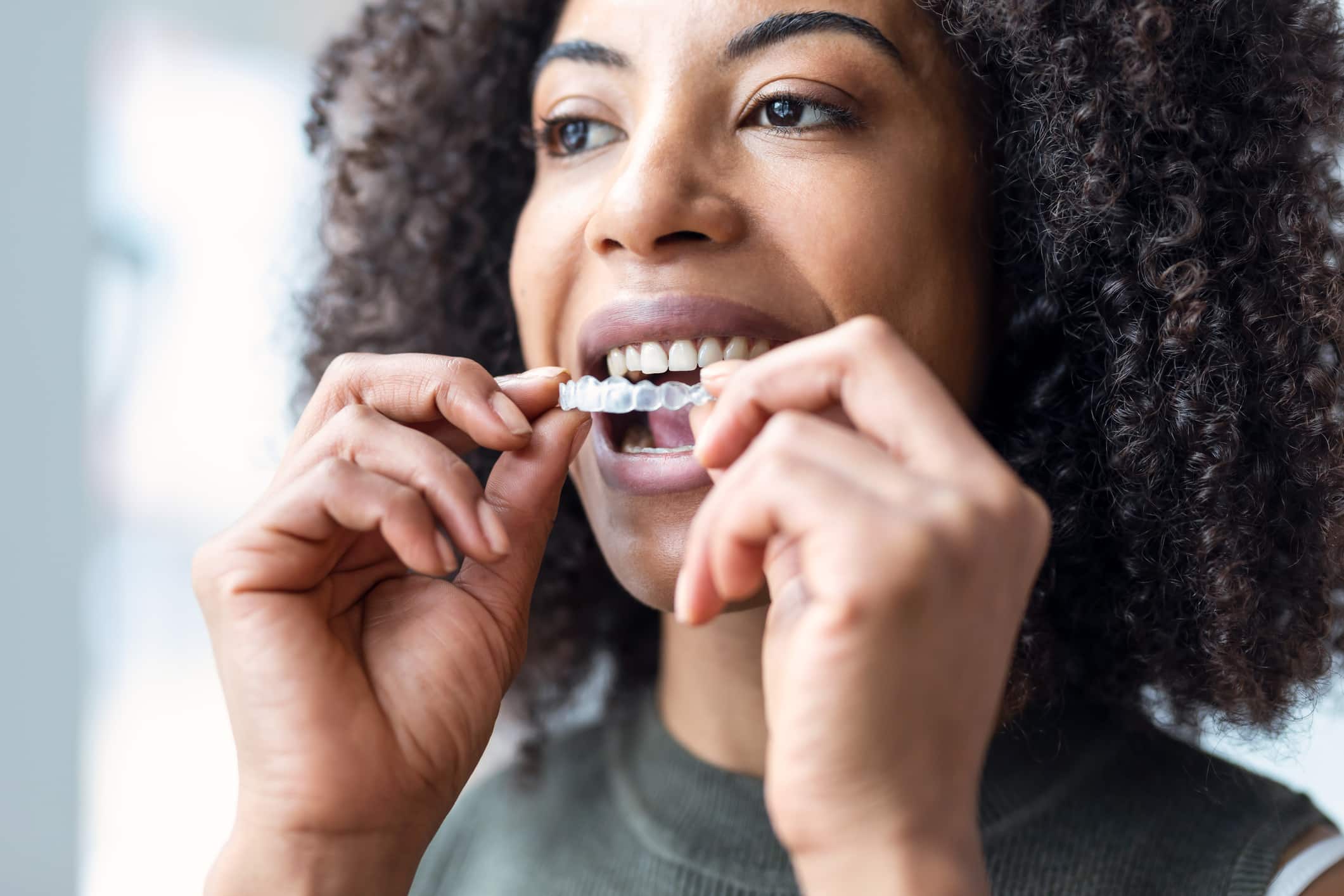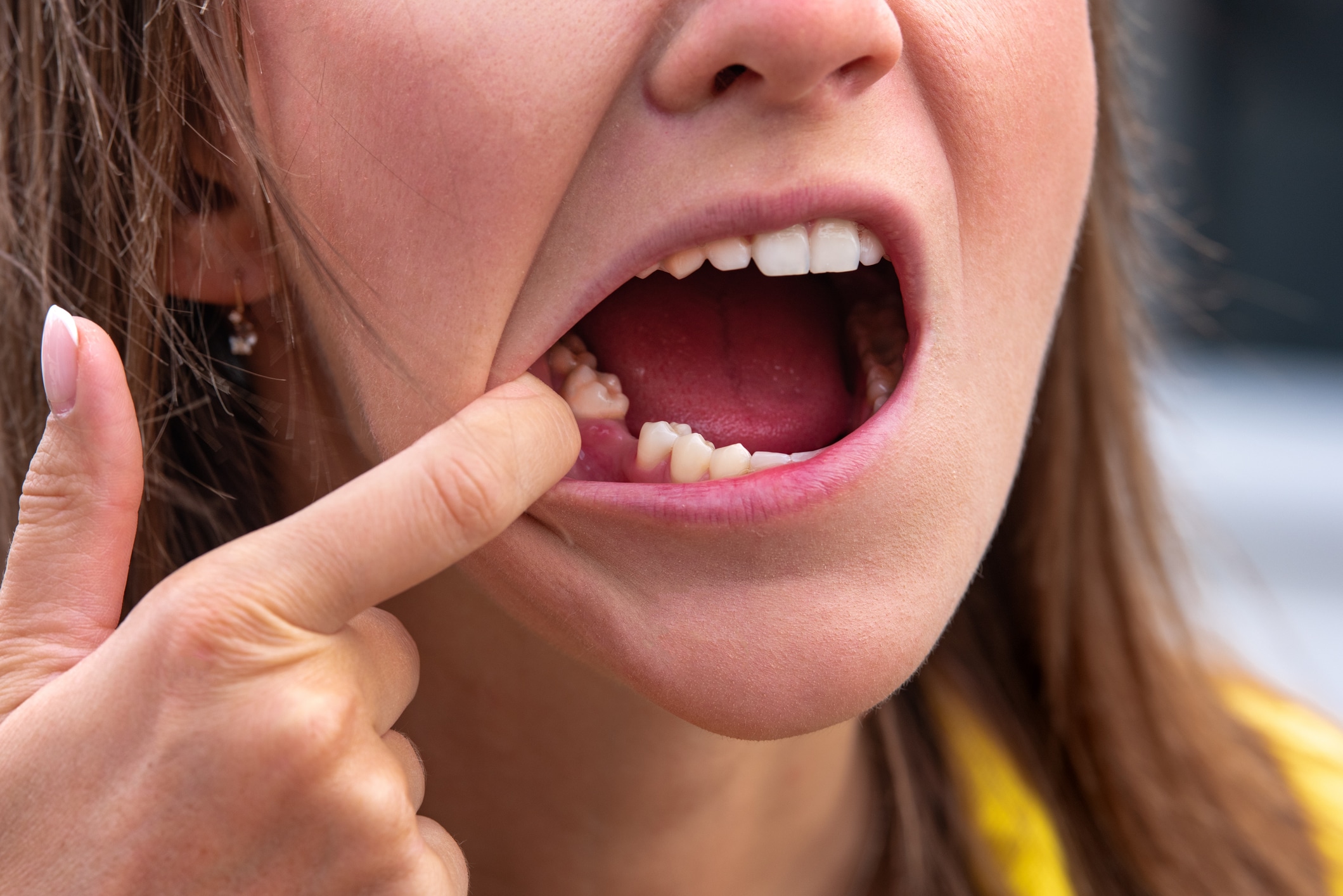Definition
Prosthetic reconstruction is the part of dentistry that is essentially concerned with replacing damaged or missing teeth in the long term, in order to regain the comfort and aesthetics of a healthy set of teeth. It allows for the reconstruction of badly damaged teeth by means of fixed prosthetics, such as crowns, or removable appliances, also known as removable prosthetics.
The dental surgeons at Smile and Care will advise you on the choice of dental prosthetics, to determine which will suit you best. This choice is based on several criteria such as the condition of the tooth or teeth concerned, the condition of the gums, general oral health, aesthetic choices and lifestyle.
Dental prosthetics is a specialised field that deals with the replacement of missing teeth.
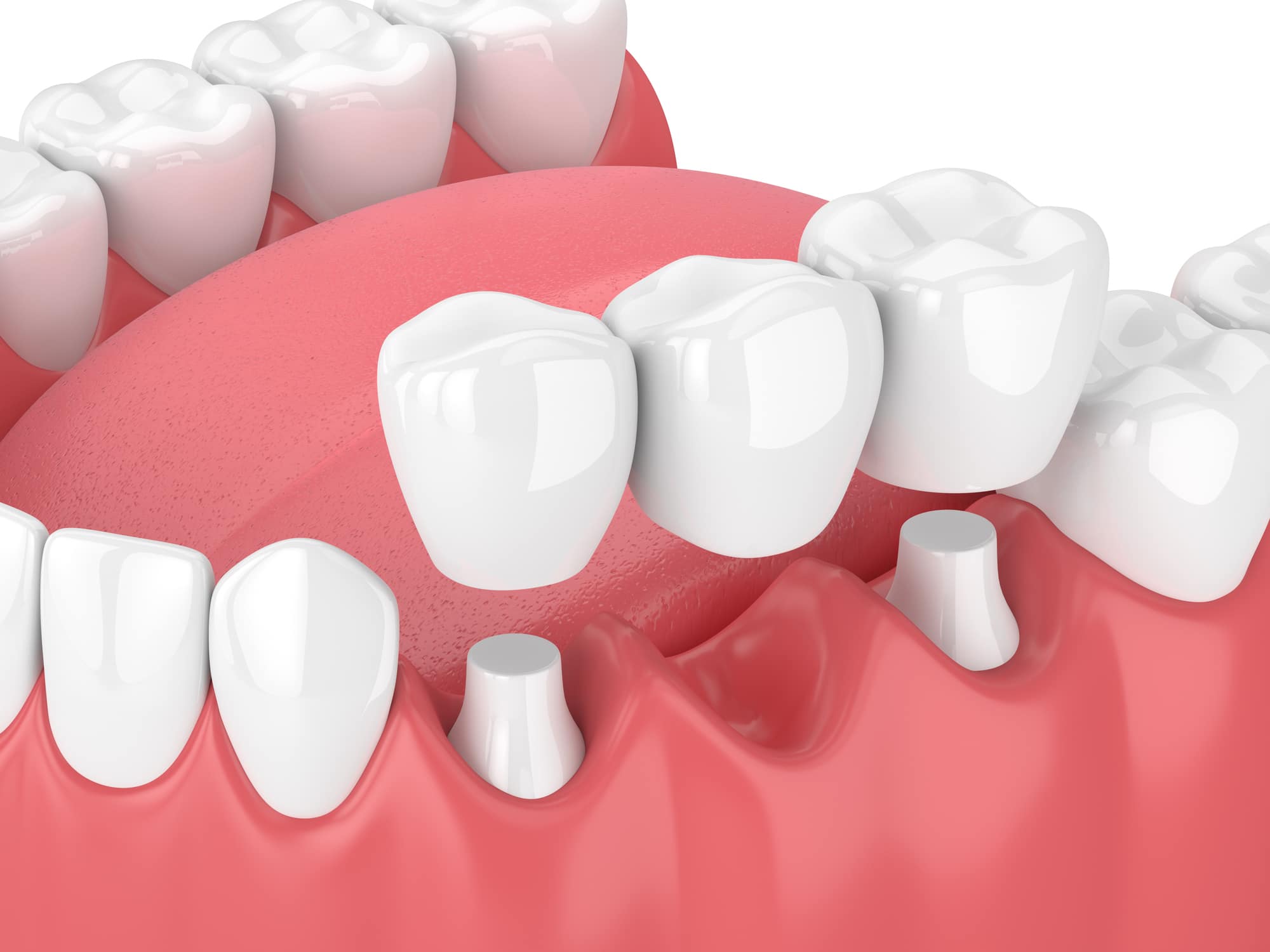
Fixed prosthetics: A permanent and aesthetic solution
Fixed dental prosthetics can be used to permanently replace either a part of a tooth or one or more teeth. They ensure a result that is close to that of normal teeth. These fixed prosthetics are not restrictive in terms of hygiene, and they also restore the aesthetics of normal dentition and optimal chewing comfort.
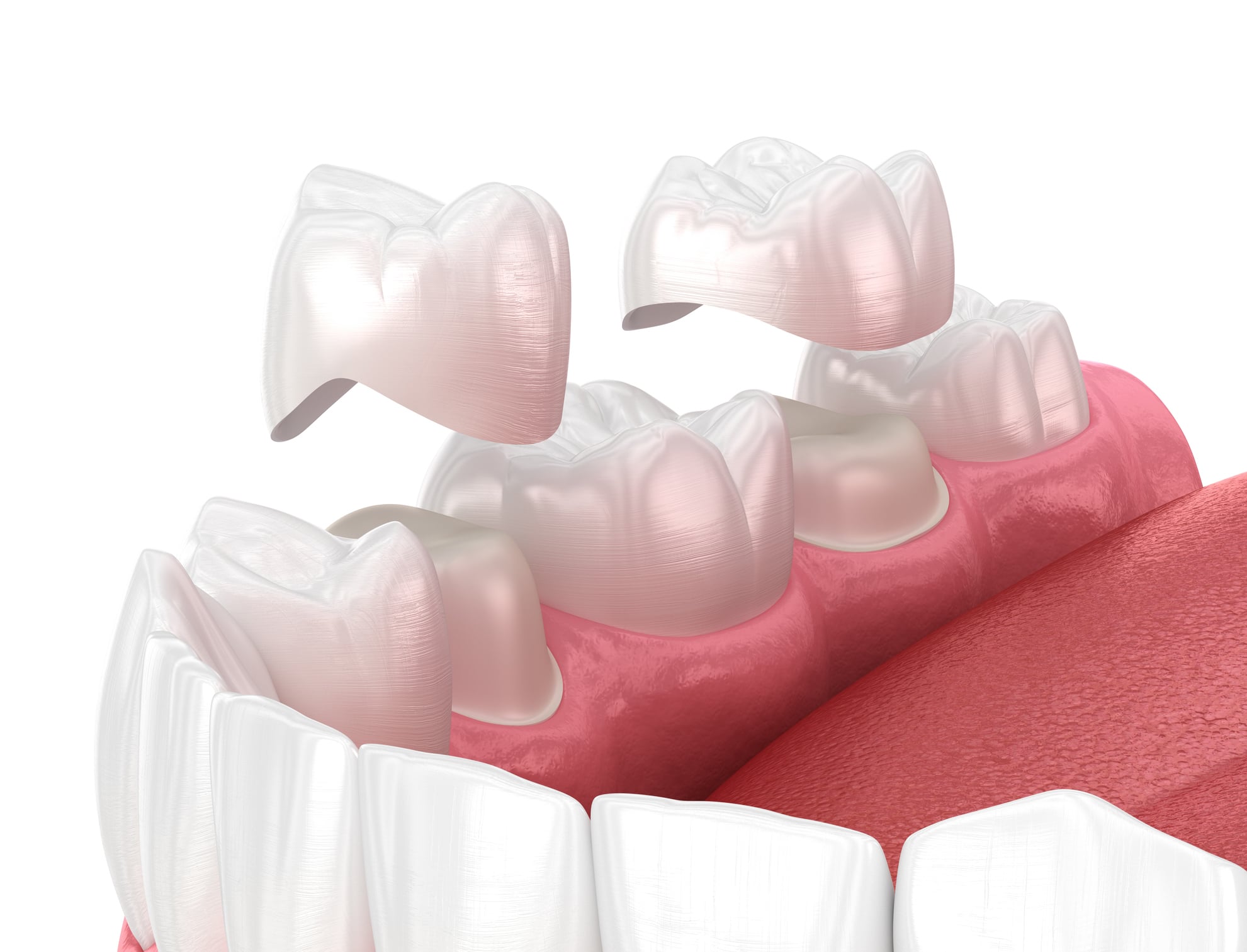
3 types of prosthetics fixed to a natural tooth or implant
Dental crowns: Cover a damaged tooth to protect it and restore its shape.
Dental bridges: Replace one or more teeth by relying on neighbouring teeth or implants.
Implant-supported prosthetics: Fixed on implants inserted into the jawbone, they replace one or more teeth.
These prosthetics offer durability, comfort and a natural aesthetic.

Removable prosthetics: an economical and adaptive solution
Dental crowns: Cover a damaged tooth to protect it and restore its shape.
Dental bridges: Replace one or more teeth by relying on neighbouring teeth or implants.
Implant-supported prosthetics: Fixed on implants inserted into the jawbone, they replace one or more teeth.
These prosthetics offer durability, comfort and a natural aesthetic.
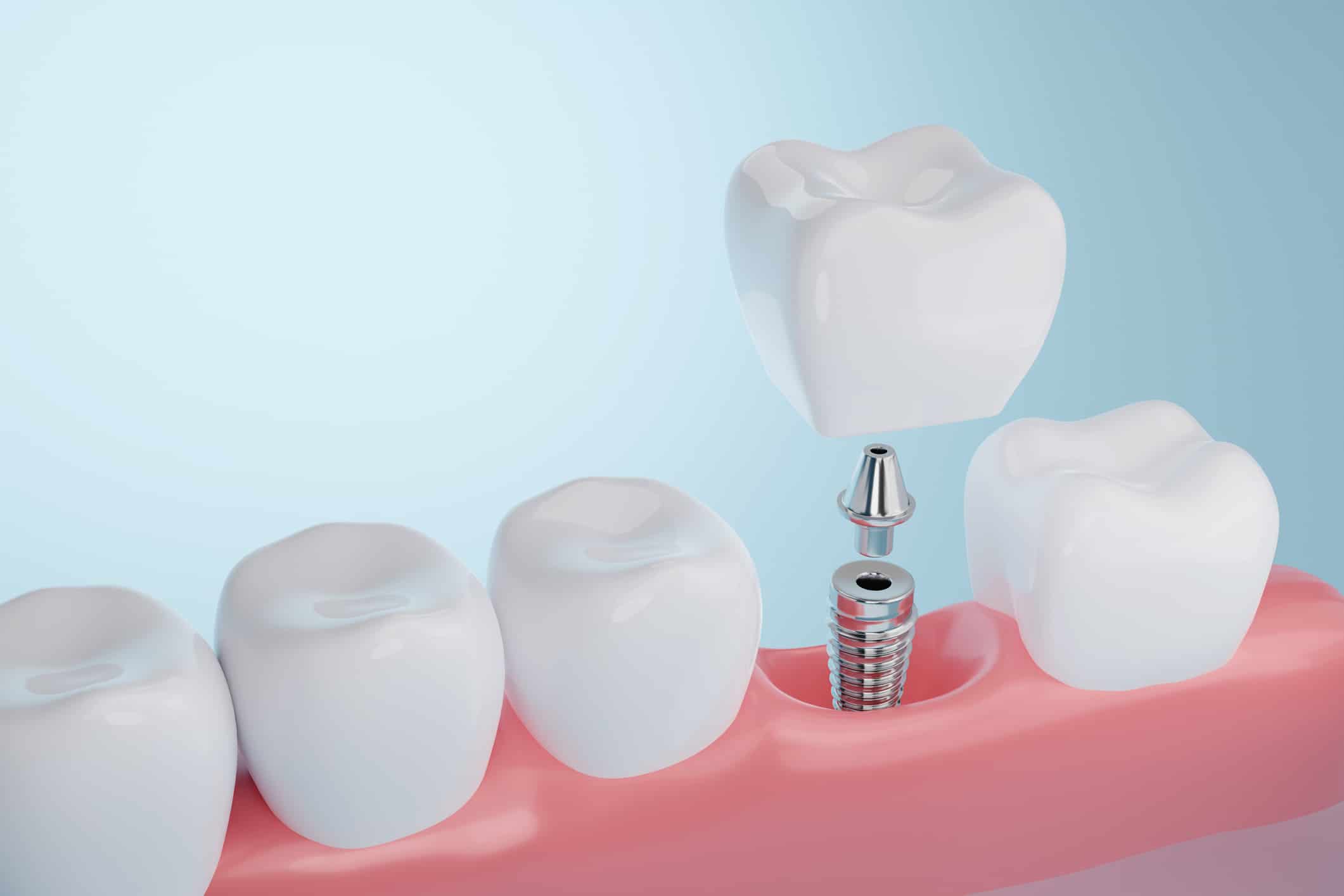
Implants: A real ‘plus’
It should be noted that the retention and comfort of a removable prosthetic can be significantly improved by the use of one or more implants. These implants serve as an anchor, with a press stud or retention bar system to ‘clip’ the prosthetic in place.
Removable prosthetics must be regularly checked and relined in order to adapt them to the oral cavity.
Our before-and-afters
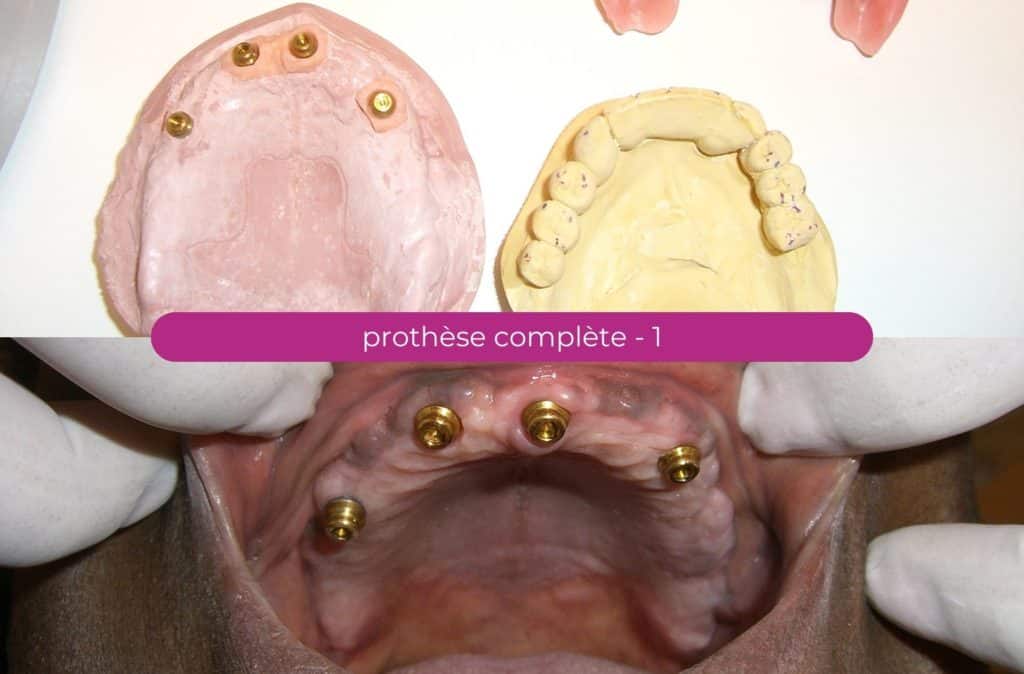
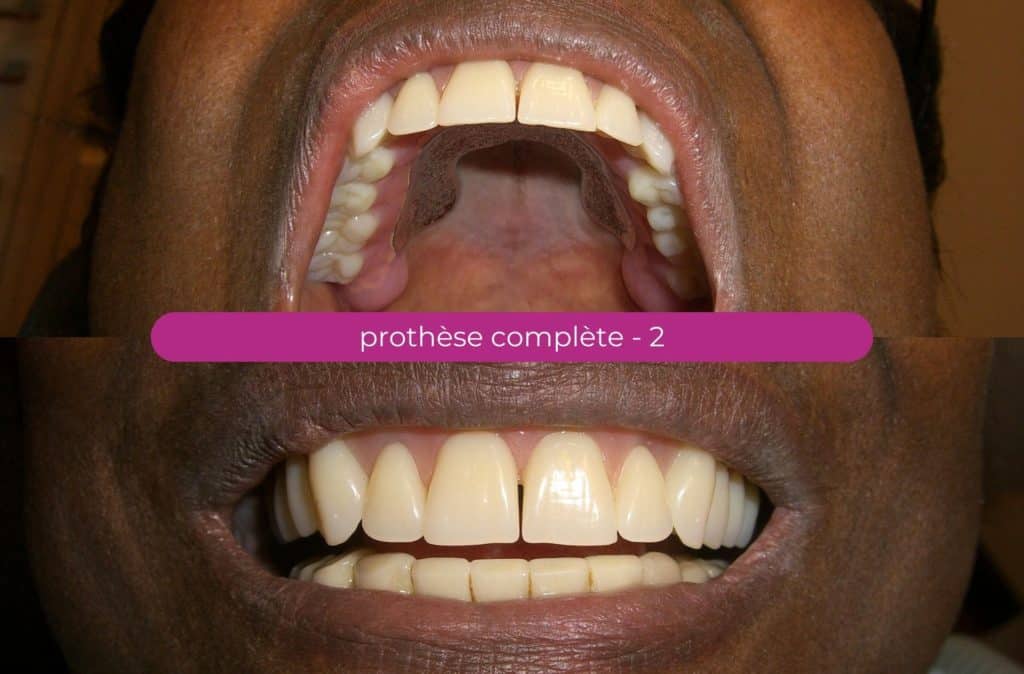
Make an appointment at one of our two clinics
